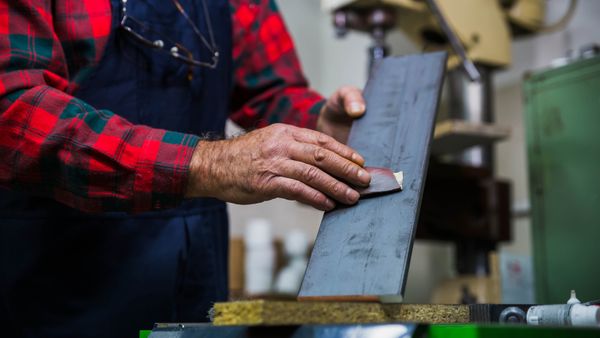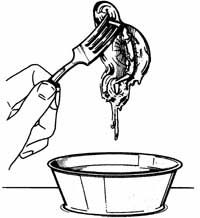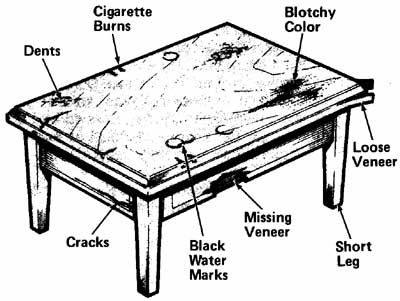Sandpaper contains sharp edges that cut away at wood or metal. The abrasive particles are glued onto backing material such as Kraft paper with a bonding agent. Different grades of sandpaper grit represent the difference in the quality of the abrasive material.
Industrial-grade sandpaper uses higher quality materials than commercial-grade but is only available in specific stores. Sandpaper is also measured by its grit size — the number of sharp particles per square inch of sandpaper. The larger the grit size, the more edges there are and the smoother the sandpaper.
Advertisement
The density of the grit is important, too. Open-coated sandpaper has gaps between the grits, allowing sawdust to gather so it doesn’t interfere with the sanding. Closed-coated sandpaper, on the other hand, doesn’t have those open spaces.



